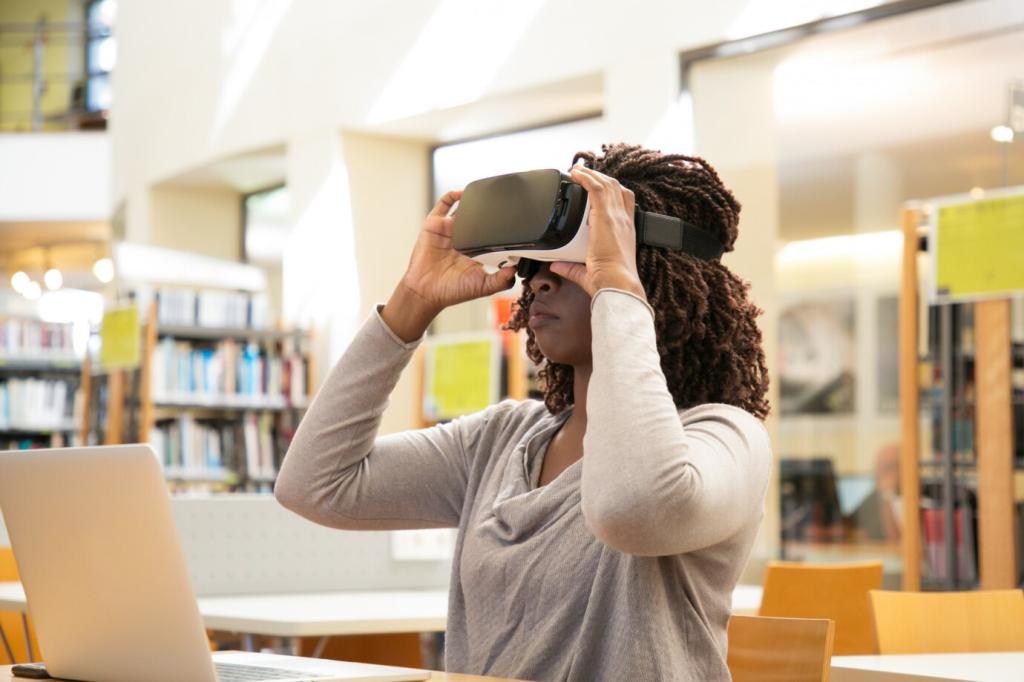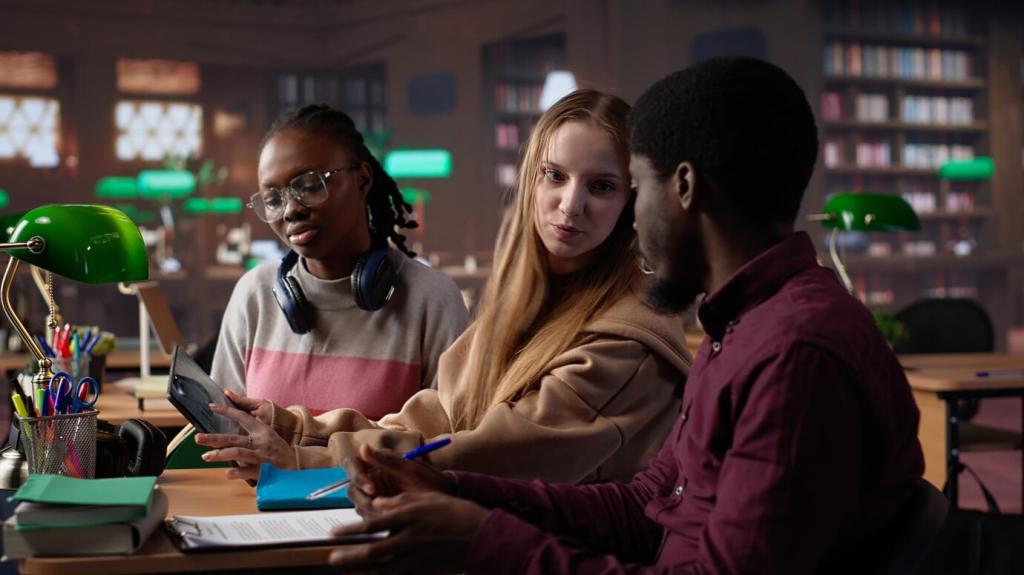This website uses cookies so that we can provide you with the best user experience possible. Cookie information is stored in your browser and performs functions such as recognising you when you return to our website and helping our team to understand which sections of the website you find most interesting and useful.
Harnessing Virtual Reality for Revolutionary Learning Experiences
Virtual Reality (VR) is transforming the landscape of education by creating interactive, immersive environments that foster deeper engagement, knowledge retention, and practical understanding. Unlike traditional learning methods, VR dismantles the barriers of time, location, and even physical ability, offering learners unique opportunities to experience and interact with subject matter firsthand. As educational institutions and organizations recognize the immense potential of this technology, VR’s integration into curricula is poised to redefine how knowledge and skills are acquired across disciplines. This page explores the groundbreaking impact of VR on learning, detailing its revolutionary applications, benefits, and future potential in the English language education sphere.
Immersive Language Acquisition
Virtual Travel and Cultural Exposure
Real-time Conversation Practice
Contextual Vocabulary Development

Transforming Classroom Engagement
Active Learning through Storytelling
Collaborative Problem Solving
Gamification and Motivation
Authentic Assessment and Feedback
Scenario-Based Testing
Immediate, Personalized Feedback
Tracking Progress Over Time



Supporting Teacher Innovation
Enhancing Pronunciation and Listening Skills
Accent and Intonation Training
Interactive Listening Exercises
Voice Recognition and Correction
Fostering Confidence and Collaboration


